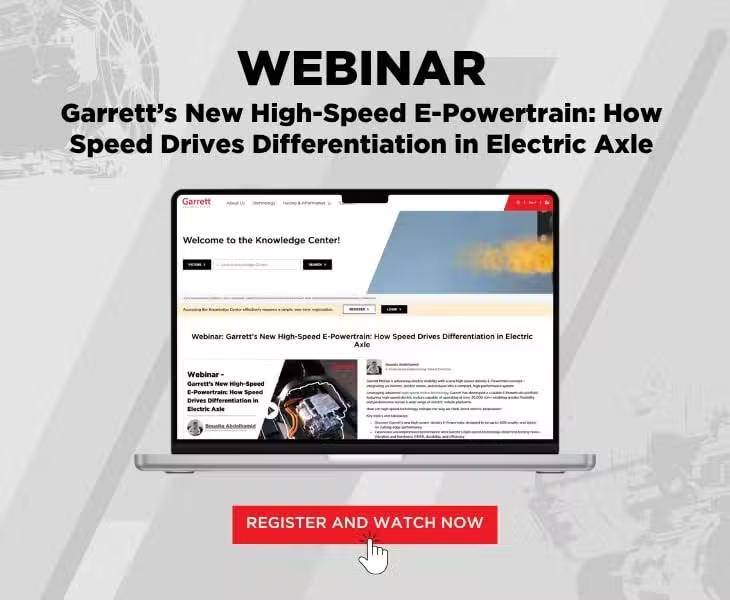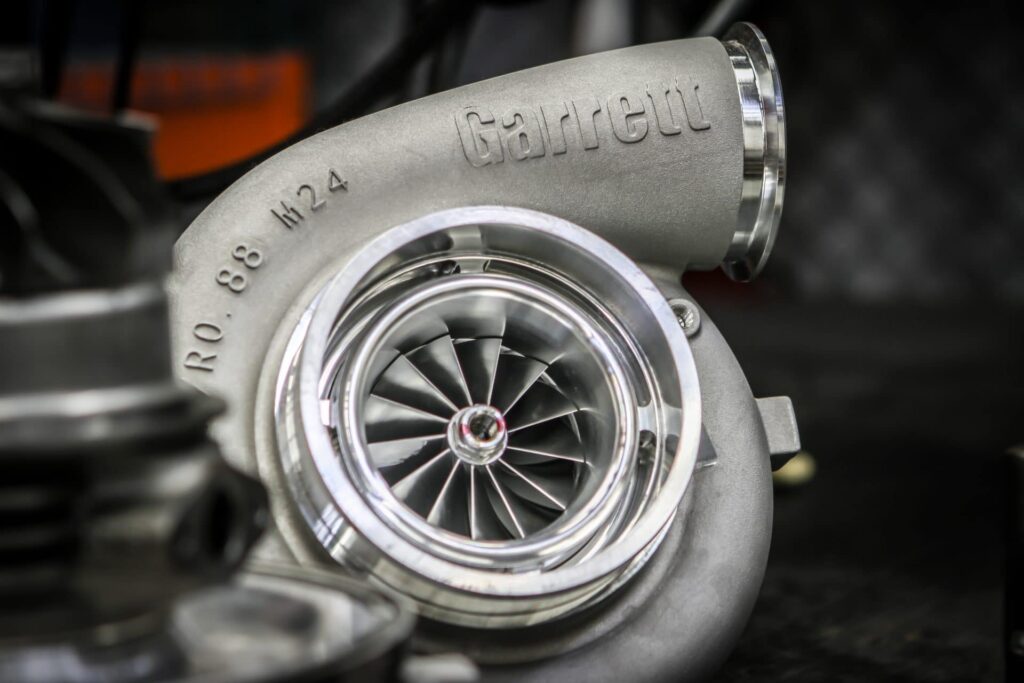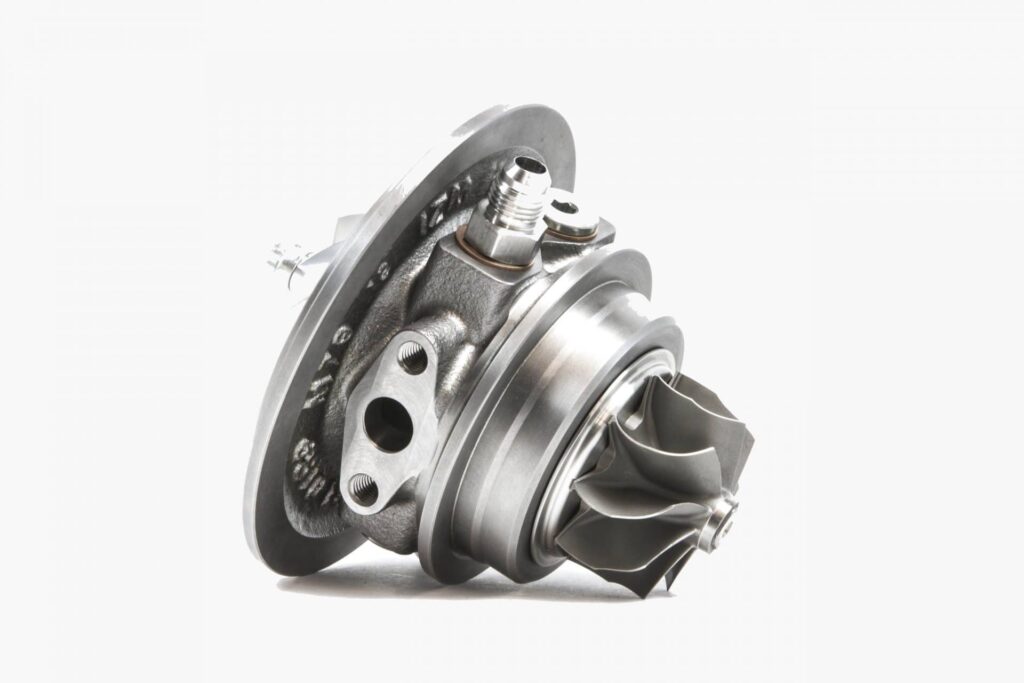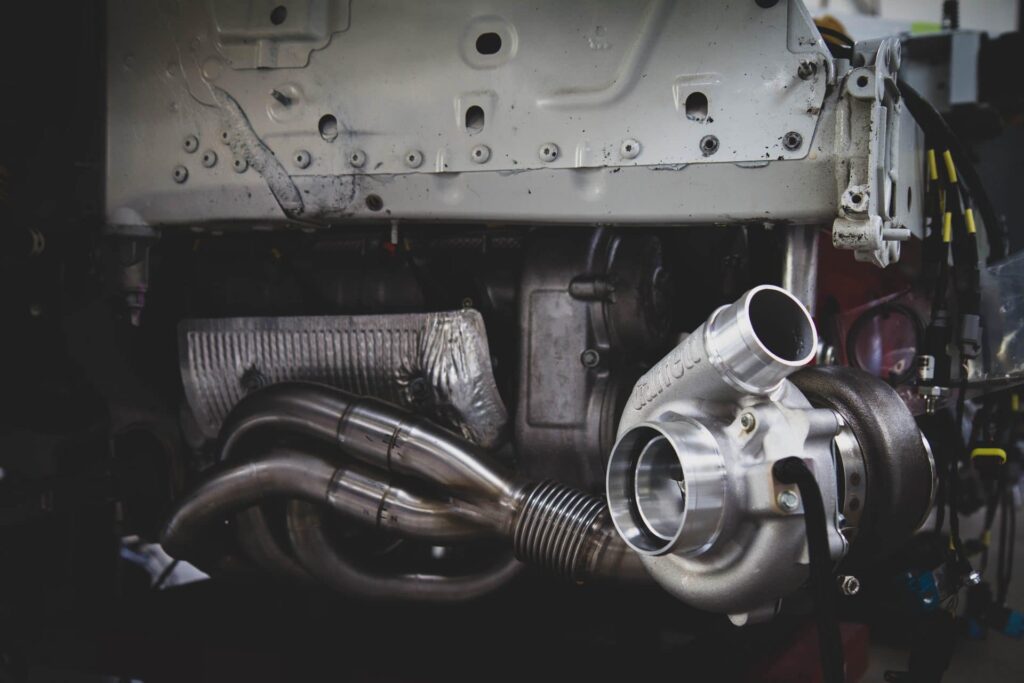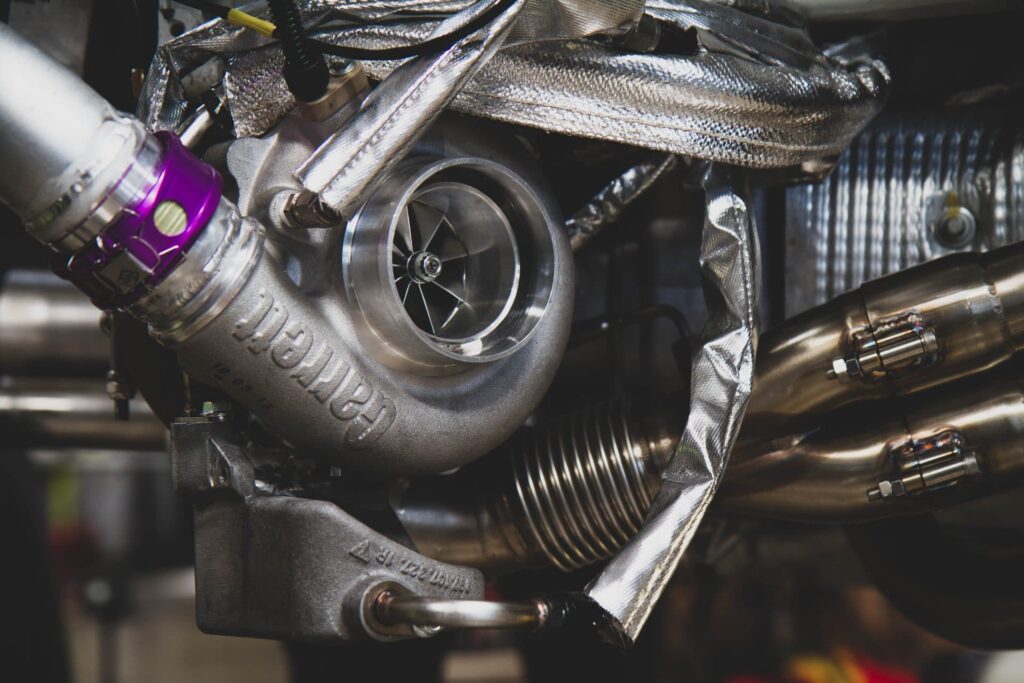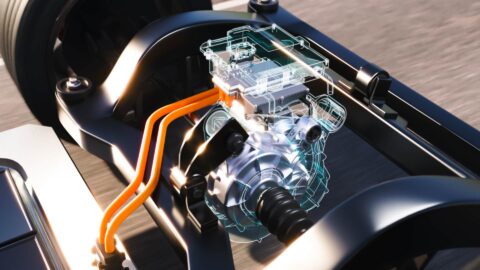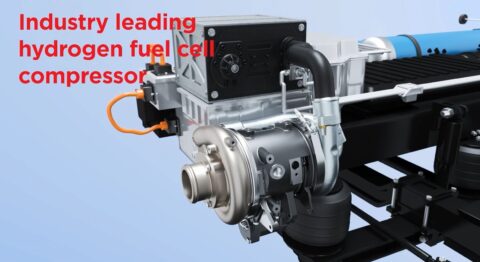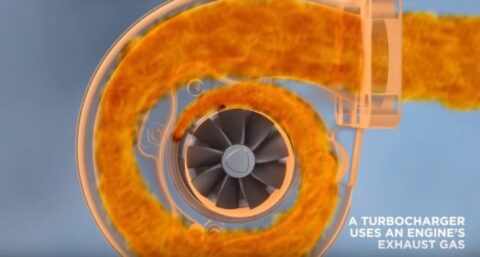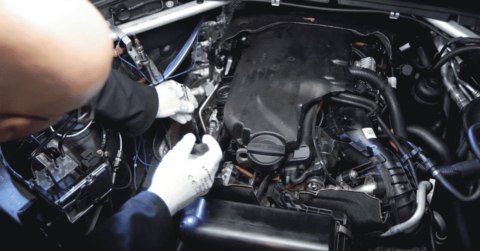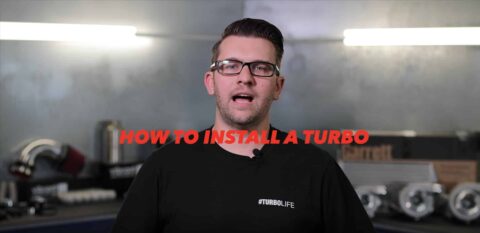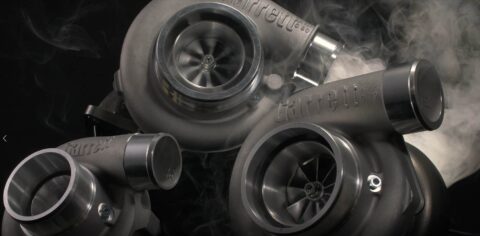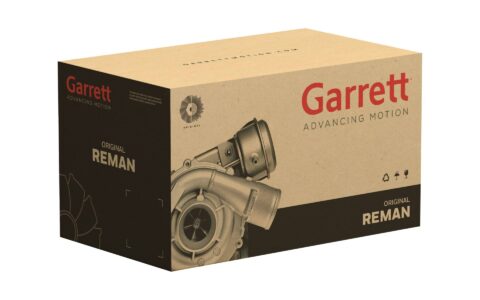Turbocharging Facts from Garrett Motion
How does a turbocharger work?
A turbocharger takes, otherwise, unused exhaust gas from an internal combustion engine and uses it to drive a turbine that spins an air compressor, which pushes extra air into the engine cylinders, allowing them to burn more fuel per stroke.
What does a turbocharger actually do?
A turbocharger takes wasted energy and transforms it into performance and efficiency gains, allowing a smaller sized engine to perform like a, comparable, larger engine. Turbochargers can help downsized engines improve fuel economy as much as 20 to 40 percent in gas and diesel engines, respectively, when compared with larger naturally aspirated engines and still provide the same or better engine performance. In addition to improving fuel efficiency, downsized turbocharged engines can also reduce harmful exhaust emissions.
So, it is a performance part.
Yes, but it is much more than just a performance upgrade. By replacing a larger engine with a smaller one, auto manufacturers are using turbochargers to increase engine fuel-efficiency and decrease carbon dioxide (CO2) emissions. Automotive manufacturers are being challenged to meet increasingly stringent emissions and fuel efficiency requirements; turbochargers strike the perfect balance between meeting the requirements for these new efficiency/emissions standards and dramatically increasing engine power.
What is turbo lag?
Turbo lag is a delayed response between throttle input and torque delivery from a turbocharged engine. Traditionally, turbo lag comes from the time it takes exhaust gasses to spool up the turbo’s fan and pump the compressed air back into the engine. However, modern engines have virtually eliminated turbo lag through better engine mapping, more efficient compression ratios and advanced automotive technologies.
Does it require premium fuel?
Not at all. Fuel requirements are set by the manufacturer but boosted vehicles don’t require anything different from their naturally aspirated counterparts.
Does a turbocharged engine require a cool down period after driving?
Cool-down periods – where drivers would have to let vehicles idle before shutting them off – are a thing of the past. Today’s vehicles have technologically advanced controllers that take into account a turbocharger’s high operating temperature and compensate for the cool down period even after the vehicle has been shut off.
Does it require special maintenance or care of any kind?
No. today’s turbochargers are designed to last the lifespan of the vehicle. The truth is, boosted engines require the same amount of maintenance and care that a naturally aspirated engine does.
Does a turbocharger decrease the life of an engine?
A turbocharged engine can last just as long as any other engine. It is true that forced induction adds more pressure and moving parts. For instance, a turbo fan typically rotates at 200,000 to 300,000 RPM – compared to a naturally aspirated engine which usually spins at 8,000 or 9,000 RPM – and runs at a temperature of 750 degrees Fahrenheit for diesel and 1000 degrees Fahrenheit for gasoline. That being said, boosted engines are designed and manufactured with these specifications in mind. The pistons, cylinders, engine casings, manifolds and turbo housings are all designed to withstand high pressures and temperatures for the entire lifespan of your vehicle


